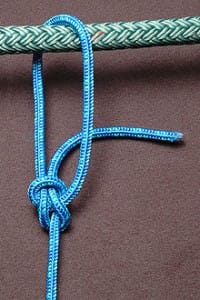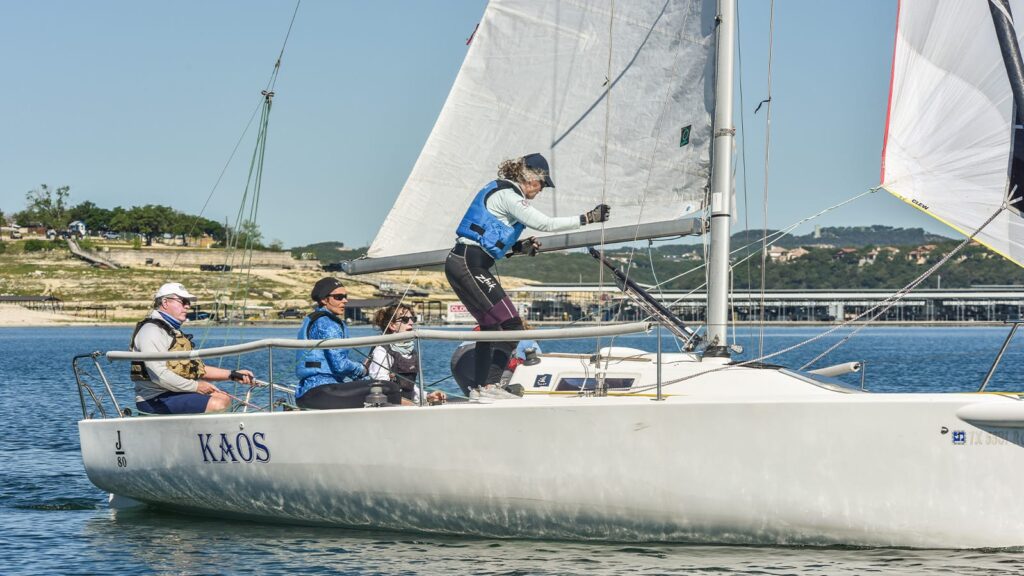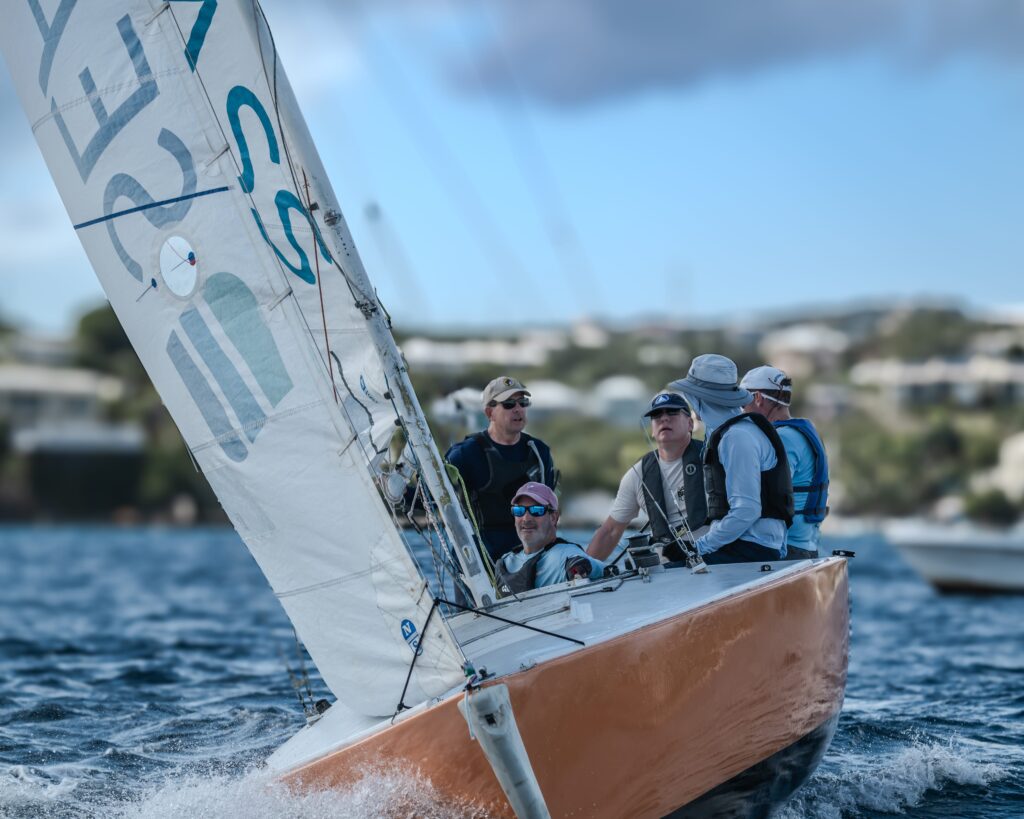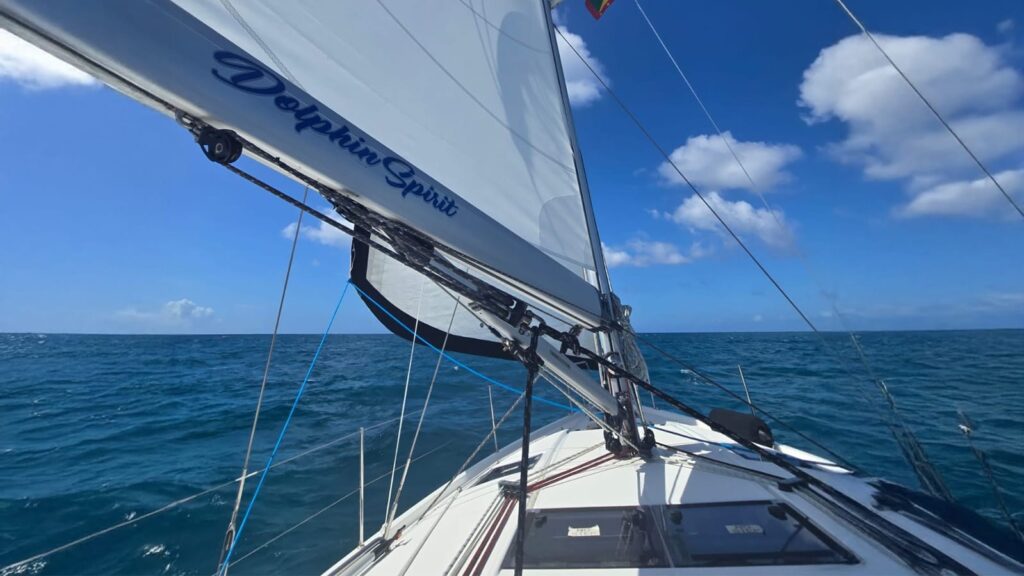 Since time immemorial, sailors looking to crew were asked two simple questions: “Can you tie a bowline, and where’s your knife?” Today perhaps we’re a bit more exacting when it comes to choosing who we’ll sail with, but some things never change. A few basic sailing knots are essential for every trip, whether it’s just a jaunt around the lake or an ocean passage.
Since time immemorial, sailors looking to crew were asked two simple questions: “Can you tie a bowline, and where’s your knife?” Today perhaps we’re a bit more exacting when it comes to choosing who we’ll sail with, but some things never change. A few basic sailing knots are essential for every trip, whether it’s just a jaunt around the lake or an ocean passage.
What sailing knots will you learn in ASA 101, Basic Keelboating?
1. Bowline. (pronounced bo-lin)
This is the granddaddy of them all–a workhorse that never slips or jams, and has been used since ancient times. Your ASA instructor will make sure you have this one down pat, because it’s critical in all sorts of ways on a boat, inlcuding attaching the halyards and sheets to the sails. With a little practice, this knot becomes very easy and quick to tie.
2. Figure-8 Knot
The Figure-8 knot is an essential stopper knot. Unlike the overhand loop, it won’t bind up no matter how much strain it comes under. That means it will always be easy to untie. It is used primarily to stop a line from running.

3. Square Knot (also known as Reef Knot)
A quick and easy knot for temporarily joining two ropes together. It got the name of reef knot from the old days of tall ship sailing, when it was used to “reef” the sail. Back then the sailors would have to climb the rigging, go out on the yards, and actually reduce the sail by hand, and this was the knot they used. Not many of us still sail that way today, but this knot still has its uses! It’s easy and quick to tie when safety and stability are not critical, such as securing a sail cover.
4. Clove Hitch
This knot is right up there with the bowline in importance. The clove hitch is great for tying something up temporarily, and works best on something cylindrical, like a pole or stanchion. The great thing about it is that you can adjust it at any time, so if you made your line too long or too short, you can always fix it. However, the clove hitch can slip, so you have to be careful!
5. Round Turn and Two Half-Hitches
This is for those times when you need to tie something up and make sure it stays tied up! It takes a bit more time and effort than the clove hitch, but it will hold much better. It can secure a mooring line to the post or ring, or better yet, a hammock to a tree.

6. Cleat Hitch
There are cleats all over the deck of a sailboat, and all over the dock–there are cleats just about everywhere. They are what you tie your boat to when you dock, what you tie the dinghy to while you’re sailing, and sometimes what you stub your toe on when you’re moving around in the dark. If you ever want to get off the boat, you’ll need to be able to secure your docklines to a cleat. So when you take ASA 101, you’ll learn exactly how to do it.
This is just a small glimpse of what students learn when getting their ASA Basic Keelboat certification, and just a small fraction of the sailing knots that there are to know. Mastering these is a huge step forward in being a competent, confident sailor. Now, where’s your knife?









